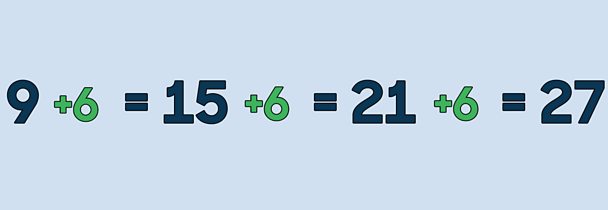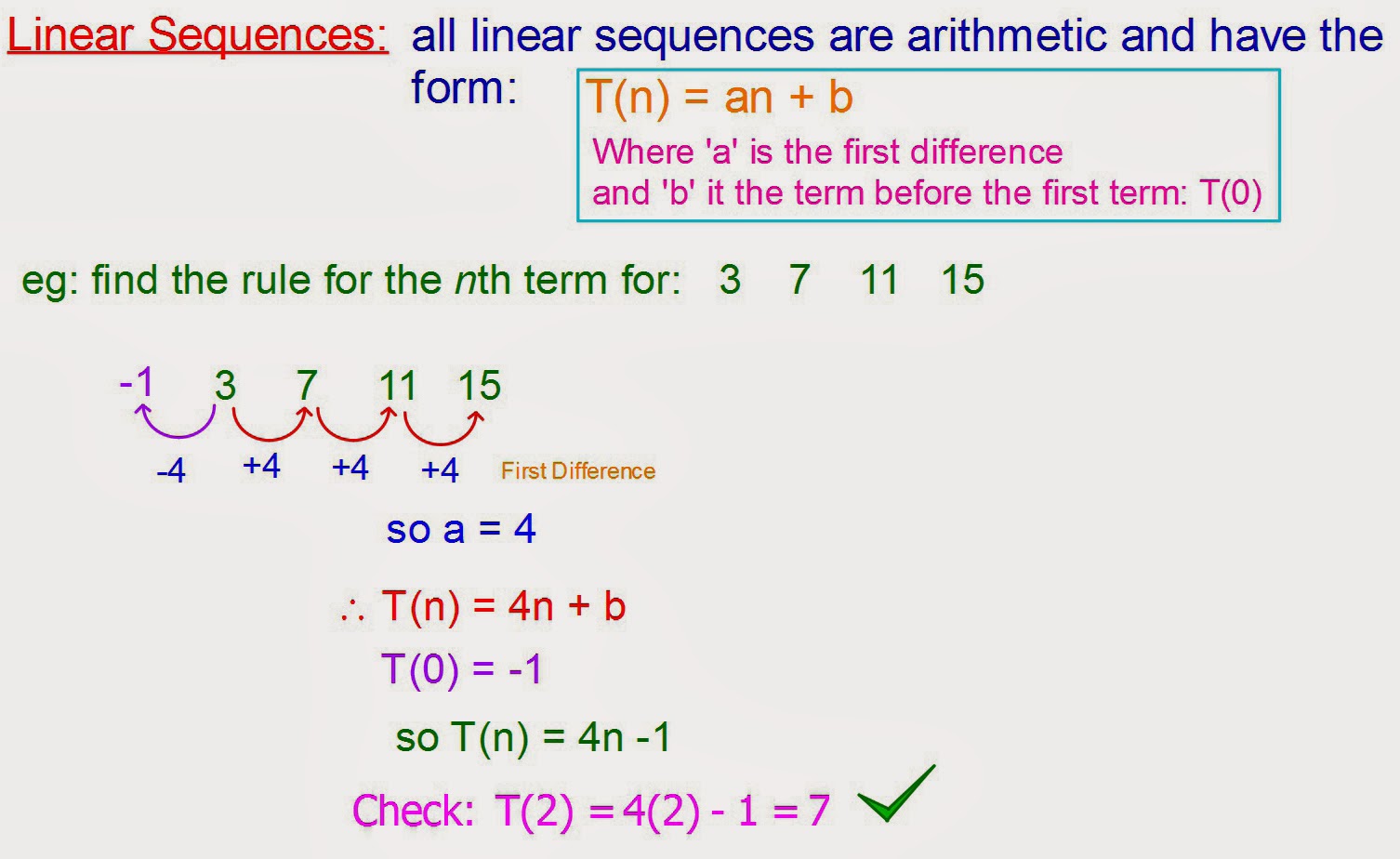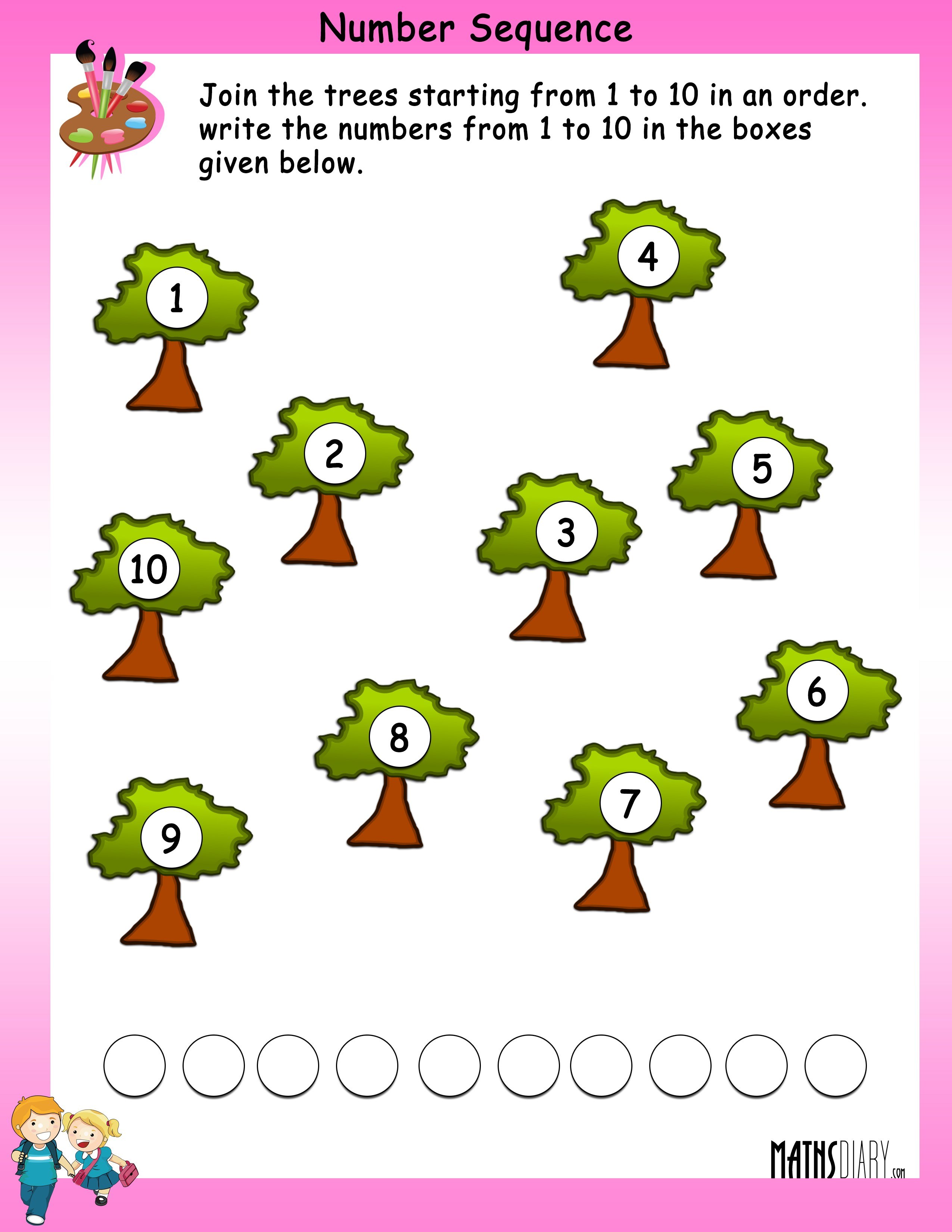
Example 2 – Using SEQUENCE inside other functions The order of the numbers is important here, the function increments across the columns before moving to the next row. When using the rows and columns arguments, it creates sequential numbers in a two-dimensional array. The formula in cell D2 uses all the arguments: Rows, Columns, Start and Step. SEQUENCE has created a list of sequential numbers 8 rows, 1 column, starting at 1 and incrementing by 1 for each cell. Therefore, the default values are applied for each of these. In this formula, only the Rows argument is provided all the other arguments ( optional, optional, and optional), have been excluded. The two examples below show the basic usage of the SEQUENCE function to provide a sequence of numbers. As a dynamic array function, the result will automatically spill into neighboring rows and columns.
#NUMBER SEQUENCE FORMULA HOW TO#
The following examples illustrate how to use the SEQUENCE function in Excel. Look at Example 3 to learn how to flip that functionality around. Please note, while Excel creates sequences in rows and columns, it moves across columns, before moving down to the next row.

The way that we modeled the arithmetic sequences above with algebraic expressions is a shortcut. When n = 3, which represents the second term, we get -8 × 3 + 78 = -24 + 78 = 54Īgain, the algebraic expression works! Arithmetic sequence formula.When n = 2, which represents the second term, we get -8 × 2 + 78 = -16 + 78 = 62.When n = 1, which represents the first term, we get -8 × 1 + 78 = -8 + 78 = 70.We can therefore model the sequence with this algebraic expression: -8 × n + 78. The number that comes right before 70 in the sequence is 78. The number we subtract to each term is -8. Let n represent any term number in the sequence. When n = 3, which represents the third term, we get 3 × 3 + -2 = 9 + -2 = 7Ģ) Let us try to model 70, 62, 54, 46, 38.When n = 2, which represents the second term, we get 3 × 2 + -2 = 6 + -2 = 4.



Here is a trick or " recipe per se" to quickly get an algebraic expression! 1) Let us try to model 1, 4, 7, 10, 13, 16, 19.


 0 kommentar(er)
0 kommentar(er)
